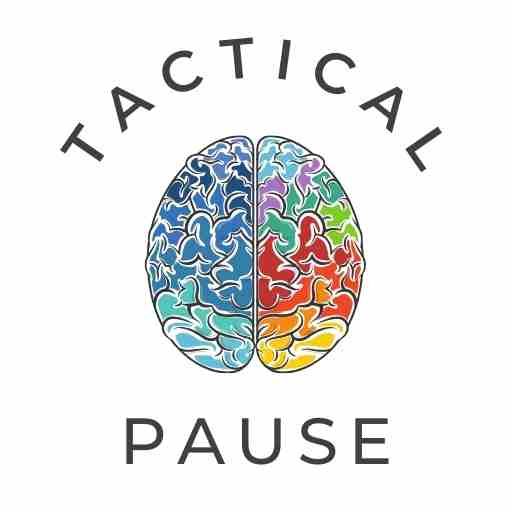Description
Yin Yoga is a slow-paced style of yoga where poses are held for longer periods, typically between 3 to 5 minutes, sometimes longer. It focuses on stretching and deepening into poses to target the connective tissues, such as ligaments, joints, bones, and the deep fascia networks of the body, rather than just the muscles. This meditative approach to yoga aims to improve flexibility, increase circulation, and promote a sense of calm and balance.
Benefits
- Enhances Flexibility: Stretches and lengthens tight tissues, improving overall flexibility.
- Promotes Joint Health: Helps maintain the health of joints by providing gentle stress and stimulation.
- Increases Circulation: Encourages blood flow to the connective tissues, enhancing nutrient distribution and toxin removal.
- Reduces Stress and Anxiety: The meditative aspect of Yin Yoga calms the mind, reducing stress and anxiety levels.
- Balances Energy: Harmonizes the body’s energy flow, leaving you feeling balanced and refreshed.
Steps
- Find a Quiet Space: Choose a calm environment where you won’t be disturbed. Use a yoga mat or soft surface.
- Gather Props: Have yoga blocks, blankets, and bolsters nearby to support your poses.
- Start with a Warm-Up: Gently stretch or do a few minutes of dynamic yoga to prepare your body.
- Hold Poses for 3-5 Minutes:
- Butterfly Pose: Sit with the soles of your feet together, allowing your knees to drop out to the sides. Lean forward slightly and hold.
- Dragon Pose: Step one foot forward into a low lunge, keeping the back knee on the ground. Hold and switch sides.
- Caterpillar Pose: Sit with your legs extended straight in front of you and fold forward, reaching for your toes.
- Sphinx Pose: Lie on your stomach and prop yourself up on your forearms, gently arching your back.
- Reclining Twist: Lie on your back, bring your knees to your chest, and then lower them to one side, holding the twist.
- Breathe Deeply: Focus on slow, deep breaths to help release tension and deepen the stretch.
- Exit Poses Slowly: Gently come out of each pose, giving your body time to adjust.
- End with Savasana: Lie on your back with your arms and legs relaxed, closing your eyes for a few minutes to fully relax.
Guided Class
Research
- The Benefits of Yin Yoga: Stretching the Boundaries of Western Anatomy and Chinese Medicine: This study discusses the benefits of Yin Yoga in relation to both Western and Chinese medical perspectives (Link to Study).
- Effects of Yoga on Stress Management in Healthy Adults: A comprehensive review that includes Yin Yoga’s impact on stress reduction (Link to Study).
Important Note
Yin Yoga is generally safe for most individuals. However, if you have any medical conditions or injuries, it is advisable to consult with a healthcare professional before starting a new yoga practice. Always practice in a comfortable and safe environment to maximize the benefits.
The wellness exercises and content provided on this website are for informational purposes only and are not a substitute for professional medical advice, diagnosis, or treatment. Always consult a healthcare professional before beginning any new exercise regimen, and never engage in these practices in environments where loss of consciousness could lead to injury. Tactical Pause is not liable for any harm or injury resulting from the use of information provided herein.
